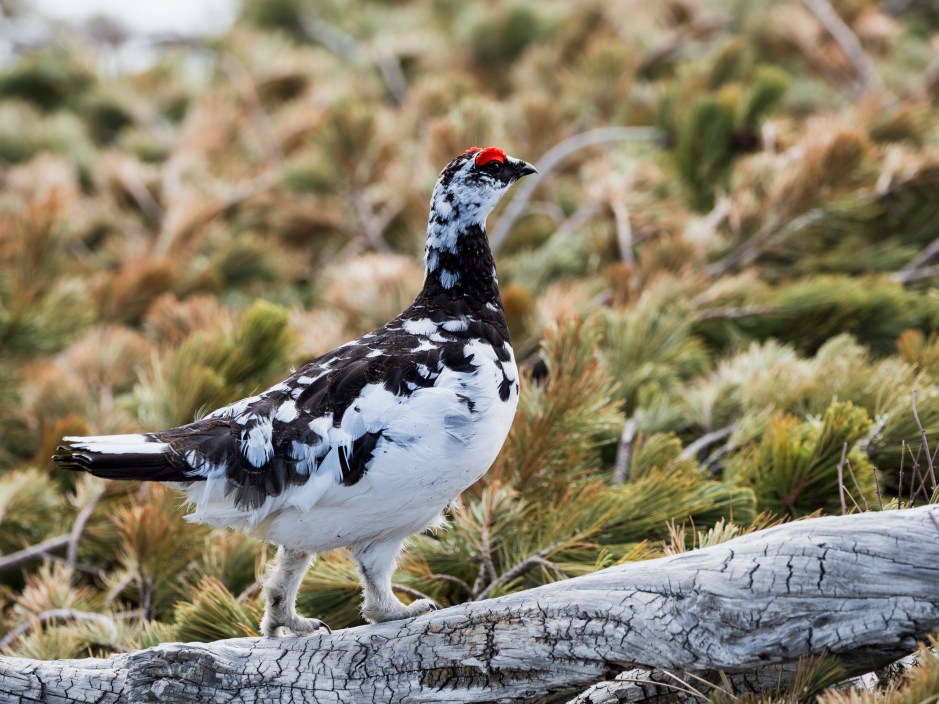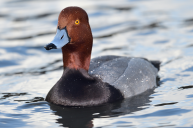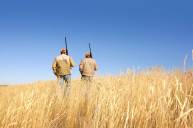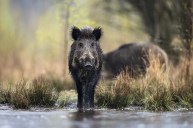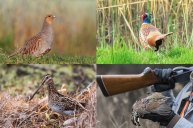Ptarmigan—it's a bird you've probably never heard of and likely can't pronounce. It also may just be one of the best upland birds to hunt in North America, though you'll have to go pretty far north (think, Alaska) to bag some.
But first, let's get the pronunciation out of the way: ptarmigan, tarr-muh-guhn. The 'p' is silent, like in pterodactyl, a far more fearsome flier. And if you can't spell it, don't worry, you aren't the first.
In fact, Chicken, Alaska, a small town near the Canadian border, was originally named Ptarmigan by late 1800s gold prospectors. The name proved too hard to spell for turn-of-the-century residents, however, and when the town got its first post office in 1902 the name was changed to 'Chicken'.
That name is rather fitting, however, given that many Alaskans refer to ptarmigan as "tundra chickens" for their similar appearance and taste. With a long season, plentiful bag limits, and rich, dark meat, these little birds are the best-kept secret of upland hunting. Here's how to hunt for them.
Ptarmigan 101
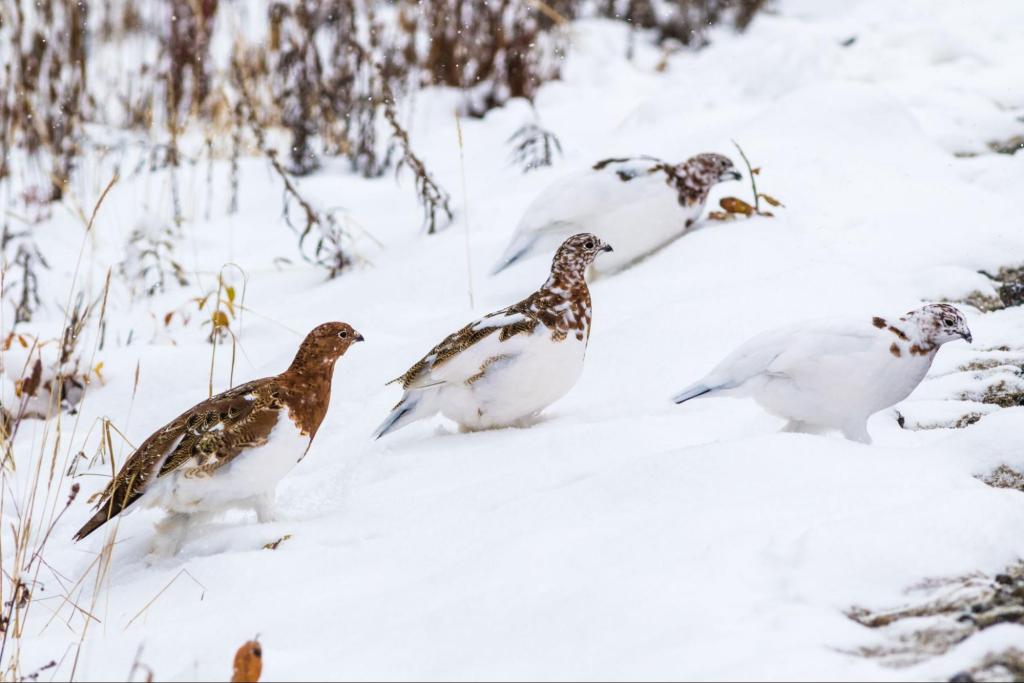
Getty Images, troutnut
Ptarmigan look almost exactly like their close relatives, the grouse, except they are more adapted to live in snowy climates, with feathered toes, white wings, and pure white body plumage in the winter. They live in alpine and arctic tundras throughout Greenland, Iceland, Canada, Scandinavia, and, in the US, Alaska and the Rocky Mountains.
Ptarmigans eat willow and birch buds, as well as a variety of insects, berries, and seeds. They nest on the ground in the early summer, and chicks can first fly at only 10 days old. Come autumn, ptarmigan flocks disperse and form continuously as they move into new alpine territories, and by winter the birds are fully nomadic, moving from shelter and food frequently. They're also very social, feeding and roosting in large flocks. Come spring, flocks of several thousand ptarmigan can be seen moving back to breeding grounds.
Three species live across Alaska: the willow ptarmigan, the rock ptarmigan, and the white-tailed ptarmigan. Willow ptarmigan live in areas with tall bushes; rock ptarmigan live in, you guessed it, rocky areas in higher elevations; white-tailed ptarmigan are confined to south-central and south-east Alaska and live in high elevations only. They are the most difficult species to hunt, as you'll have to hike several hours from any trailhead to get to the terrain they prefer. White-tailed ptarmigan also live in some Lower 48 states near the Rocky Mountains, though they aren't nearly as numerous as in Alaska and tend to occupy dangerous, difficult-to-access terrain.
Ptarmigan Hunting Season And Regulations
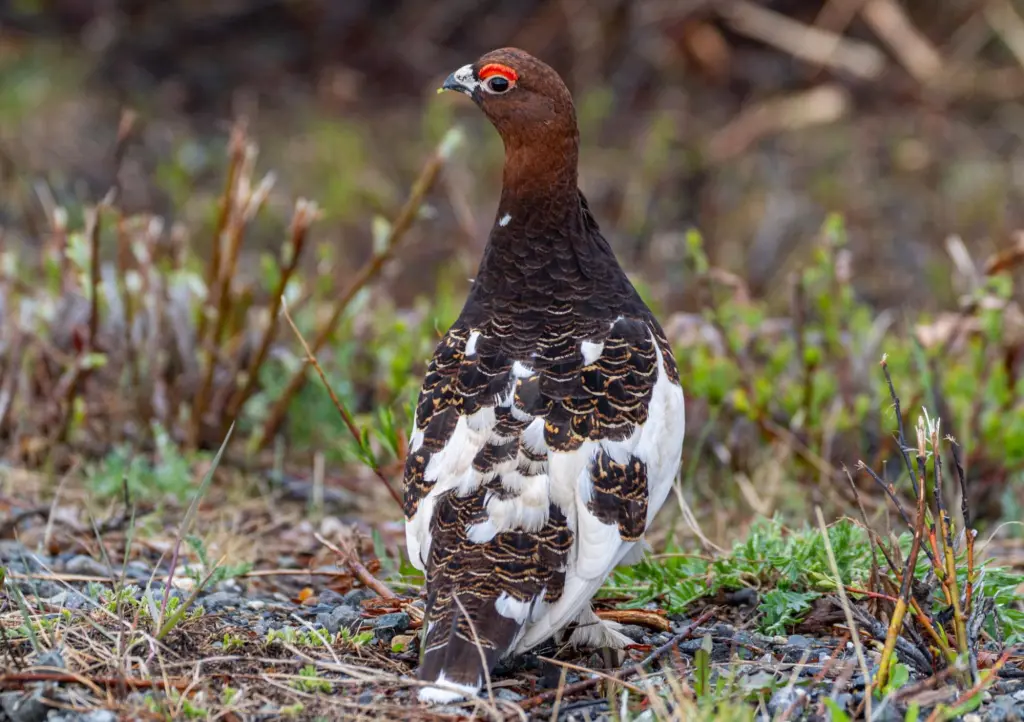
Getty Images, Bkamprath
Ptarmigan season and bag limits vary in each game management unit, but seasons typically run from mid-August through March and, in some units, May or June. Bag limits are generous, with anywhere from 5 to 50 ptarmigan allowed per day with 10 to 100 in possession.
You are required to salvage the breast meat on all game birds in Alaska, which, frankly, is most of the meat on a ptarmigan. The Alaska Department of Fish and Game (ADFG) also asks for volunteers to send in wings from ptarmigan, which are used to determine the age and sex of ptarmigans harvested. This is entirely voluntary.
Both residents and nonresidents can hunt ptarmigan in Alaska, though you'll of course need a hunting license and, depending on what GMU you're hunting in, you may need a hunter's education course as well. Hunting licenses run $45 for residents and $160 for non-residents, though there is an option for a "small game only" license (which includes ptarmigan) for only $60.
How To Hunt Ptarmigan
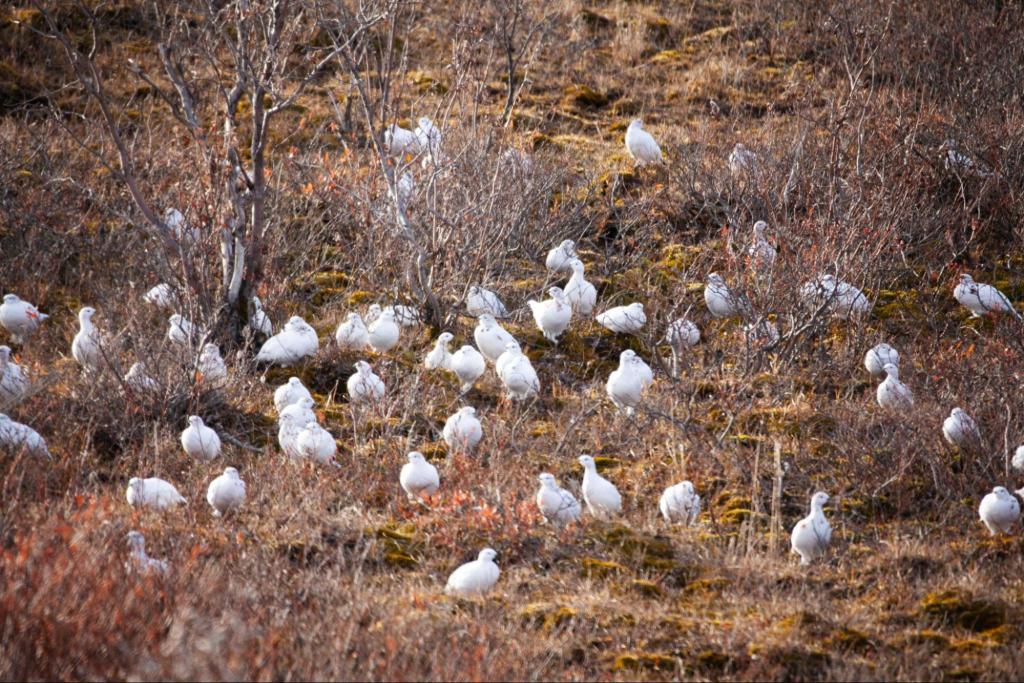
Getty Images, Gemma Winston
Ptarmigan hunting season is long, spanning several different seasons, so there are plenty of different ways and places to hunt the birds. If you're coming in from out of state, you'll likely be flying into Anchorage or Fairbanks, both of which have great ptarmigan hunting a little ways outside of the cities. Tok, Kodiak, and the Kenai Peninsula are lesser-visited but still great areas for ptarmigan, as well as the Denali Highway, where you may be able to bag a caribou too. There are also plenty of remote areas in the state you can charter a bush plane out to.
Ptarmigan can move around a lot, so expect to be mobile for much of your hunt. Despite this, the birds are also deceptively hard to see no matter the season. Their plumage blends perfectly into tundra, rocks, and snow. Many hunters use bird dogs to help point out the camouflaged birds. The ADFG even uses bird dogs to help them conduct ptarmigan brood surveys; bird dogs locate the birds and then hold a steady point while the chicks and adults are counted.
If you don't have a bird dog to point for you, summer and fall hunting, when ptarmigan are still brown and are mostly solo or with their chicks, can be difficult. When not moving around, they tend to stay very still to make the most of their camouflage. I've nearly stepped on a few ptarmigan before ever seeing them.
Without a dog, your best bet is to hunt in the winter, when ptarmigan are in large flocks. Either use binoculars to spot them, or wander around until you spook a large flock, and then trace their flight path to the next patch of shrub they decide to roost in. My favorite way to hunt ptarmigan is either on a snowmachine or on backcountry skis. I can start right on the road system and cover a huge amount of terrain. Plus, if the hunting is bad, snowmachining and skiing are still really fun.
Even on the road system, Alaska is big, remote, and prone to the bad weather you could only dream of in the Lower 48. If you aren't familiar with Alaska or aren't an experienced backcountry traveler, and want to avoid turning your Alaskan hunting vacation into an Alaskan rescue situation, consider going with a guided outfitter. Companies like All Alaska Outdoors Lodge, on the Kenai Peninsula, provide guided ptarmigan hunts, complete with float planes and trained hunting dogs (though you're welcome to bring your own as well).
How To Eat Ptarmigan
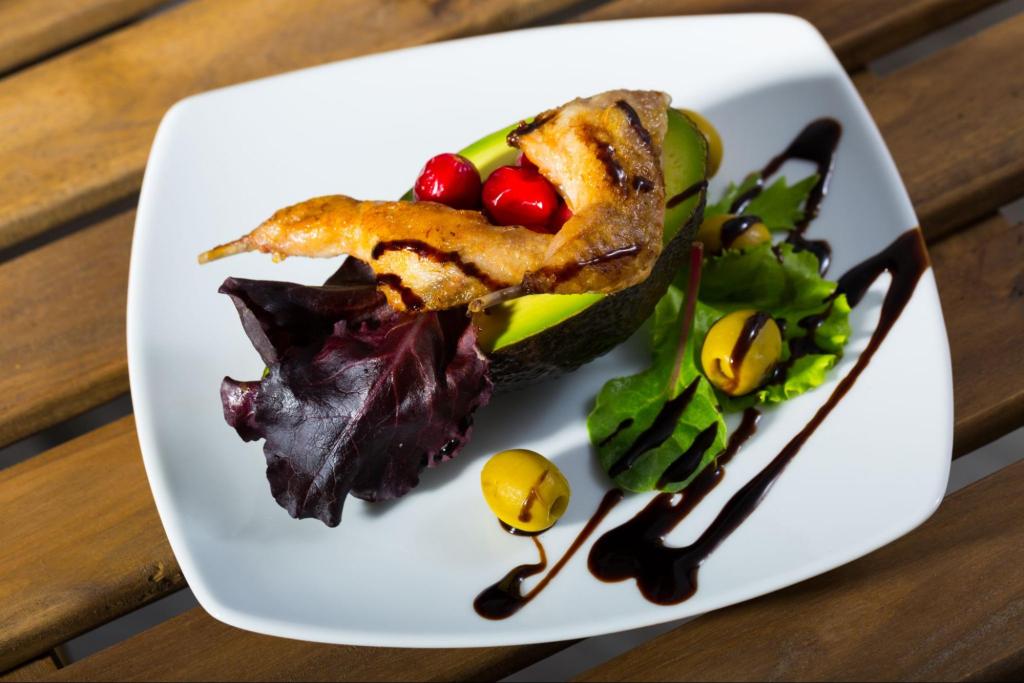
Getty Images, JackF
Like I said above, most of the meat on the ptarmigan is on the breast. These are easy to remove in the field, and there's no need to gut the bird. Simply peel back the skin and feathers, and then use a sharp knife to work the breast meat out. You can also take the drumsticks or, if it's in good shape, the whole bird.
Ptarmigan can be grilled, fried, or baked, just like grouse and other upland birds. You can also slow-cook them in a crock pot. If you manage to salvage the whole bird, bake it in the oven and serve it just as you would a cornish hen.
Ptarmigan are dark-meat birds that have a hare or gamey taste to them. How tough the meat is largely depends on the time of year you harvested the bird; August or September birds will be the most tender.
